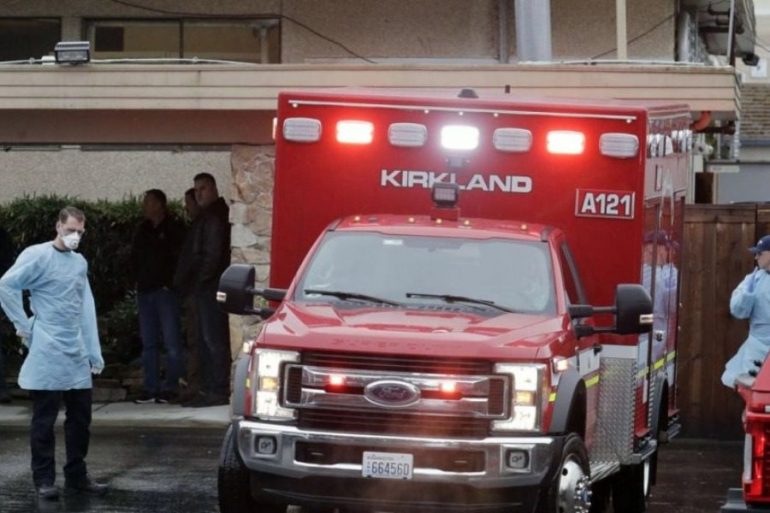This person, who is not named in a study published today by the US Centers for Disease Control and Prevention (CDC), was invited to a family friend's funeral and decided to attend. The day before the funeral he dined with friends. For three hours that night, the three of them shared a meal they got from a restaurant and were served the same dishes.
The next day, the day of the funeral, the woman was at a buffet where she ate, probably using the same utensils. She offered her condolences to the bereaved family, embracing at least three relatives of the deceased.
Three days after the funeral, he still has mild symptoms (not reported in detail, but cough is a common symptom of Covid-19, the disease caused by the new coronavirus). She is going to a birthday party, this time with her family.
The virus, which the woman carries without knowing it, will wreak havoc.
There are nine people at the party. Everything comes in "close contact" with each other. For three hours, they kiss and share the same food.
Of the nine present, seven will be infected with coronavirus that day. Two will be seriously ill and will be hospitalized. Three weeks after the birthday, these two will die.
They are not the only ones in this disastrous chain of contacts. The two who dined with the woman at the first dinner were also infected that night. One of them dies, 27 days after the meal.
The first round of patients from this chain will cause a second. The people who cared for the first few sick were not protected by masks or gloves and became infected.
And three attending the birthday party, although ill, went to church later, after six days of symptoms.
In the church they touch and pass the contribution basket to the others sitting on the church benches. One believer, sitting in a separate row, is the last person identified in this "complex" by epidemiological researchers from the CDC and Illinois.
In all, the "weak marker", who never had to see a doctor, infected, directly and indirectly, at least 15 people in three weeks, three of whom died. The mandate for restrictive measures in Illinois would not arrive until March 21, several days after the last infection of this chain of contacts.
History shows the importance of social distancing and the high and invisible transmissibility of the new coronavirus, which scientists are trying to quantify precisely between highly contagious measles or the less contagious flu.
